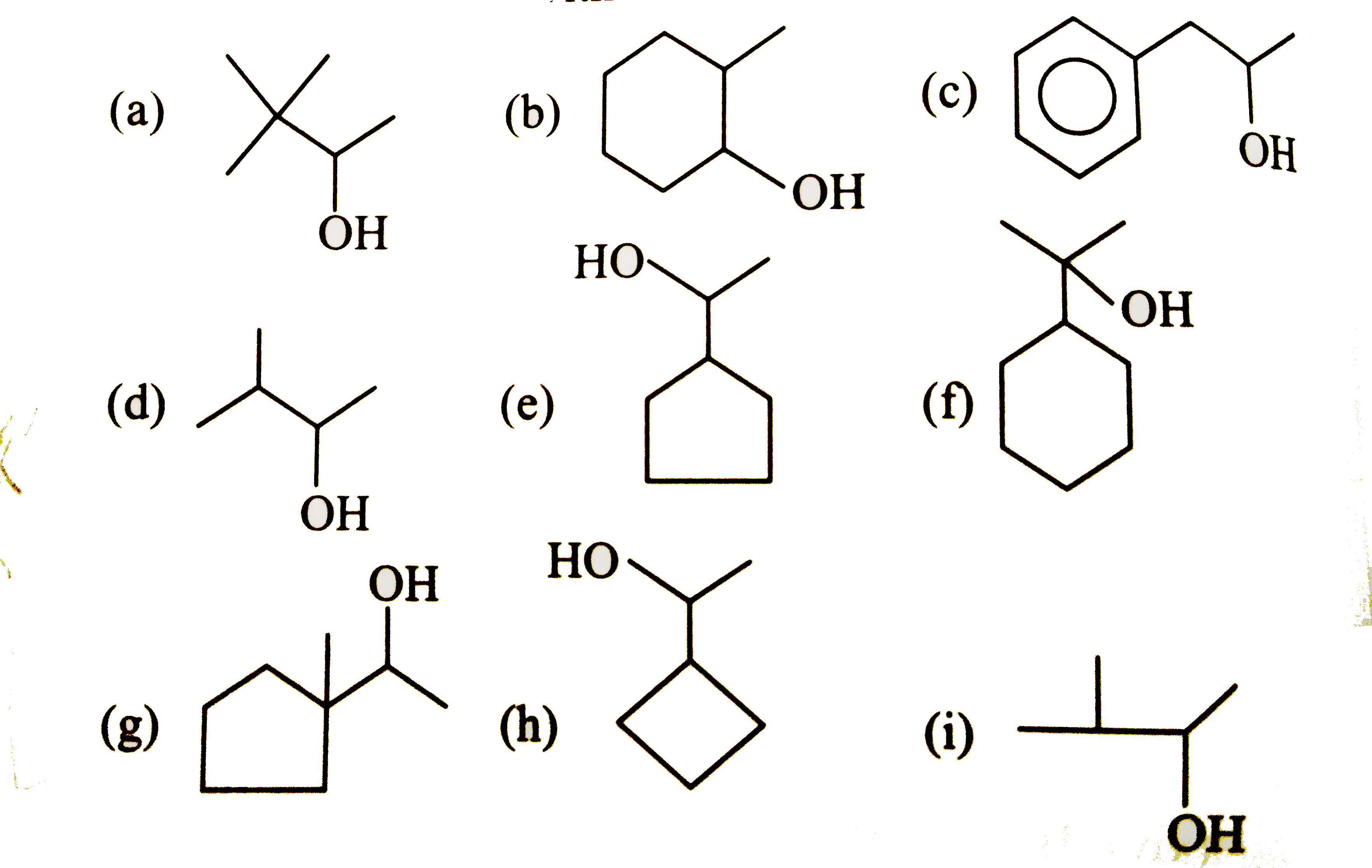What final product will form when alcoholic KOH is treated with 1,1- dirbomoethane ?
Ethene
Ethane -1, 2 - diol
Acetaldehyde
Ethyne
The correct Answer is:D
To determine the final product formed when 1,1-dibromoethane is treated with alcoholic KOH, we can follow these steps:
Step 1: Identify the Reactants
1,1-Dibromoethane (C2H4Br2) is a compound with two bromine atoms attached to the first carbon atom of the ethane chain. Alcoholic KOH is a strong base that can facilitate elimination reactions.
Hint: Look for the structure of 1,1-dibromoethane to visualize the bromine atoms' positions.
Step 2: Understand the Reaction Type
The reaction between 1,1-dibromoethane and alcoholic KOH is a dehydrohalogenation reaction. This means that the reaction will involve the elimination of hydrogen halides (HBr in this case).
Hint: Remember that dehydrohalogenation typically leads to the formation of alkenes or alkynes.
Step 3: Mechanism of the Reaction
1. The alcoholic KOH will act on the 1,1-dibromoethane. The potassium (K) will bond with one of the bromine (Br) atoms, leading to the elimination of KBr.
2. The hydroxide ion (OH-) will abstract a hydrogen atom from the adjacent carbon, resulting in the formation of a double bond.
Hint: Focus on how the elimination of Br and H occurs to form a double bond.
Step 4: First Elimination
After the first elimination, we will have:
- CH2=CHBr (vinyl bromide)
Hint: Keep track of the changes in the molecular structure after each step.
Step 5: Second Elimination
Now, the vinyl bromide (CH2=CHBr) will undergo a similar reaction:
1. KOH will again react, with K bonding to Br and OH- taking H from the carbon adjacent to the Br.
2. This results in the formation of a triple bond.
The final product after the second elimination will be:
- C≡C (ethyne or acetylene)
Hint: Consider the stability of the formed product and the type of bonds created during the reaction.
Step 6: Identify Side Products
Along with the main product (ethyne), the side products of the reaction will be:
- 2 KBr (from the two eliminations)
- 2 water molecules (from the hydroxide ions abstracting hydrogen)
Hint: Always account for the by-products formed during the reaction.
Conclusion
The final product formed when 1,1-dibromoethane is treated with alcoholic KOH is ethyne (acetylene). The side products are KBr and water.
Final Answer: Ethyne (C2H2) is the main product formed.
1,1-Dibromoethane (C2H4Br2) is a compound with two bromine atoms attached to the first carbon atom of the ethane chain. Alcoholic KOH is a strong base that can facilitate elimination reactions.
The reaction between 1,1-dibromoethane and alcoholic KOH is a dehydrohalogenation reaction. This means that the reaction will involve the elimination of hydrogen halides (HBr in this case).
1. The alcoholic KOH will act on the 1,1-dibromoethane. The potassium (K) will bond with one of the bromine (Br) atoms, leading to the elimination of KBr.
2. The hydroxide ion (OH-) will abstract a hydrogen atom from the adjacent carbon, resulting in the formation of a double bond.
After the first elimination, we will have:
- CH2=CHBr (vinyl bromide)
Now, the vinyl bromide (CH2=CHBr) will undergo a similar reaction:
1. KOH will again react, with K bonding to Br and OH- taking H from the carbon adjacent to the Br.
2. This results in the formation of a triple bond.
- C≡C (ethyne or acetylene)
Along with the main product (ethyne), the side products of the reaction will be:
- 2 KBr (from the two eliminations)
- 2 water molecules (from the hydroxide ions abstracting hydrogen)
The final product formed when 1,1-dibromoethane is treated with alcoholic KOH is ethyne (acetylene). The side products are KBr and water.
Topper's Solved these Questions
Similar Questions
Knowledge Check
What final product will form when alcoholic KOH is treated with 1, 1- dichloroethane?
AEthane-1, 2-diolBEtheneCEthyneDAcetaldehydeWhat product is formed when methyl chloride is treated with KCN?
AAcetic anhydrideBAceto cyanideCAceto nitrileDMethyl iso cyanideWhat is the product formed when D-glucose is treated with Br2 water?
A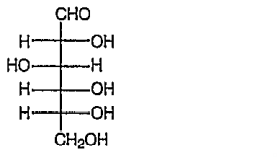 B
B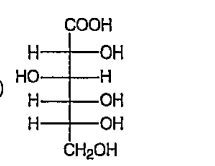 C
C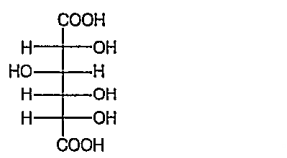 D
D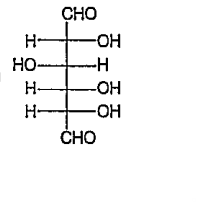
Salicylic acid is produced when phenol in alcoholic KOH is treated with
View SolutionSalicylic acid is produced when phenol in alcoholic KOH is treated with
View SolutionAlcohol is not formed when RMgX is treated with
View SolutionThe product formed when HCHO is heated with conc. KOH
View SolutionThe final product formed when ethyne and acetic acid
View Solution

